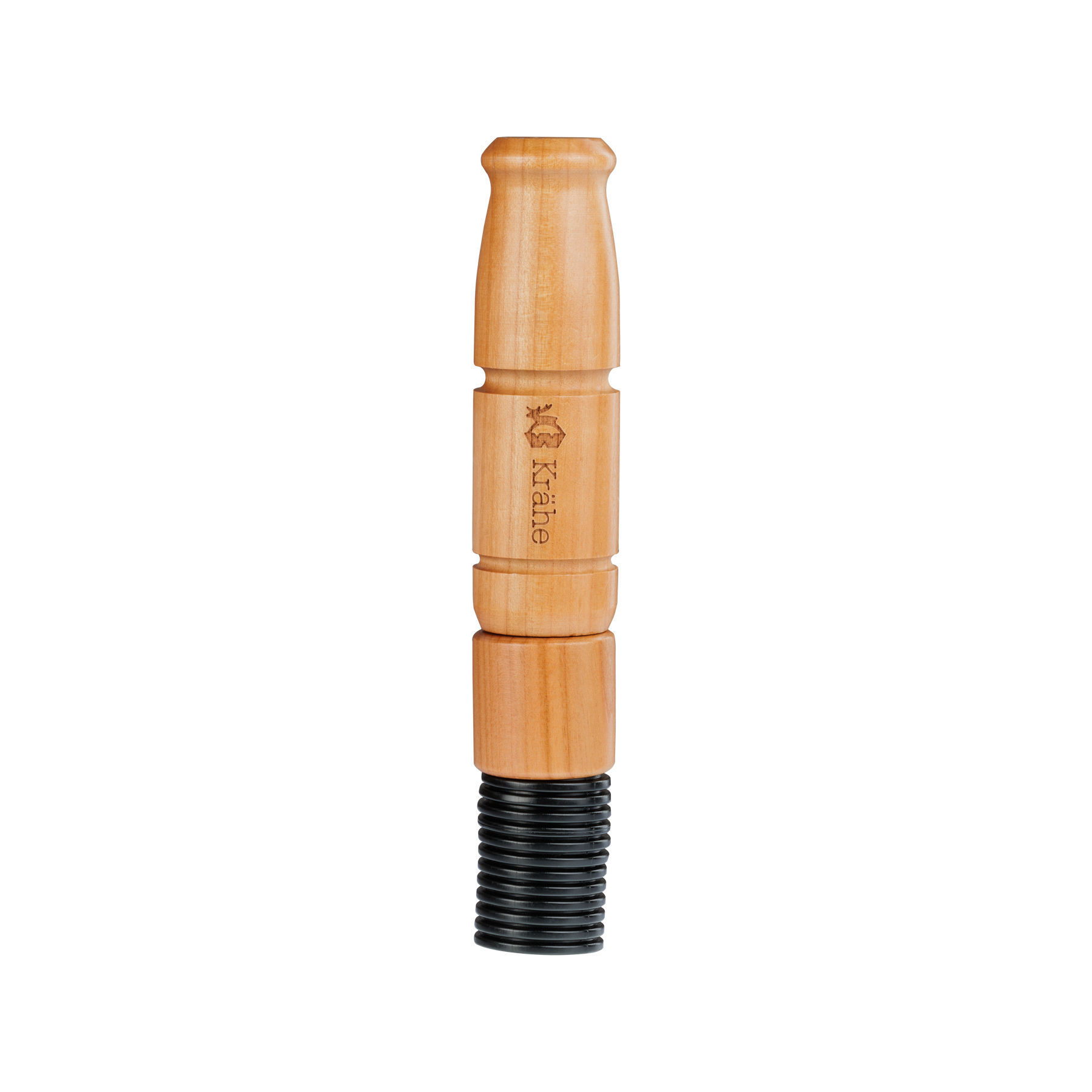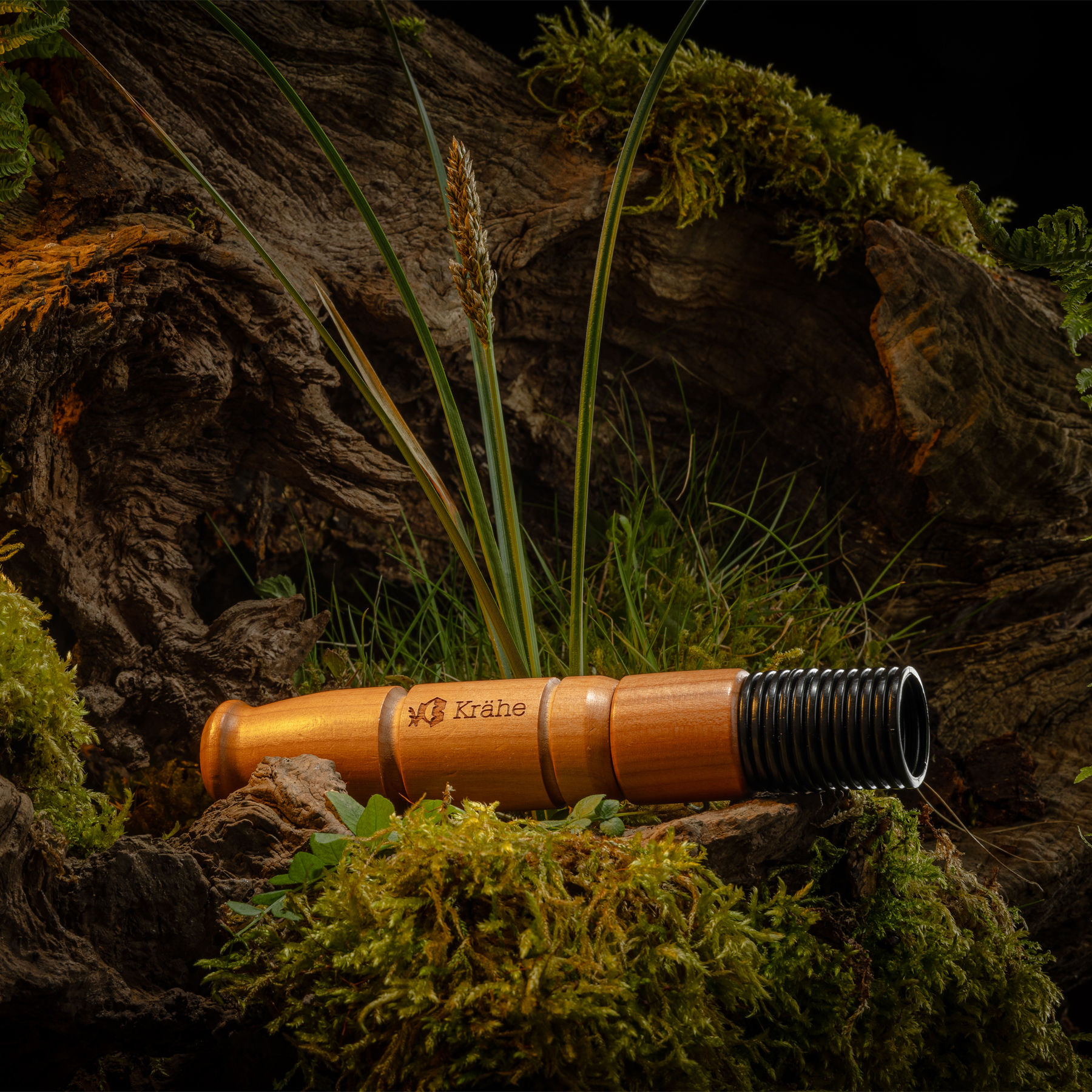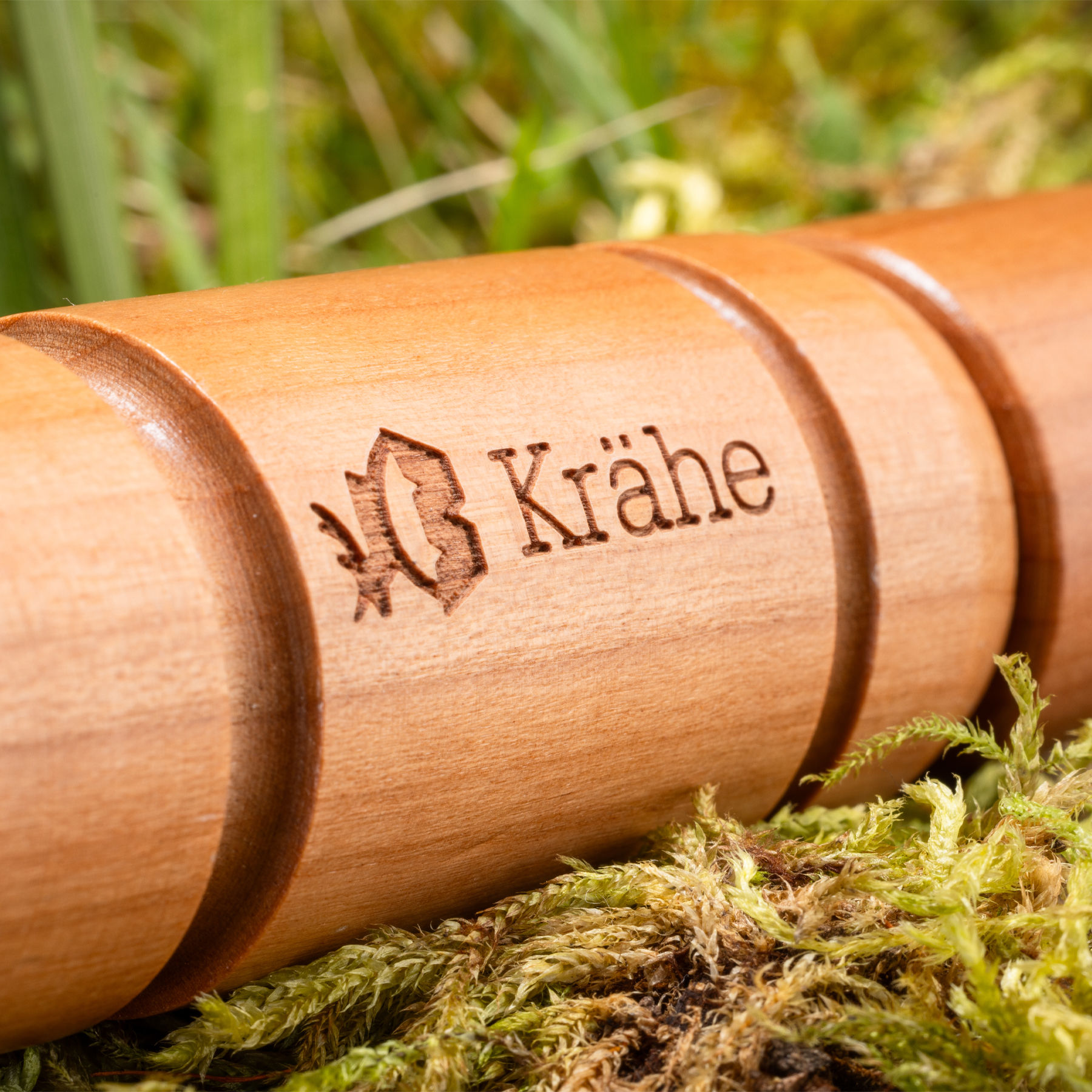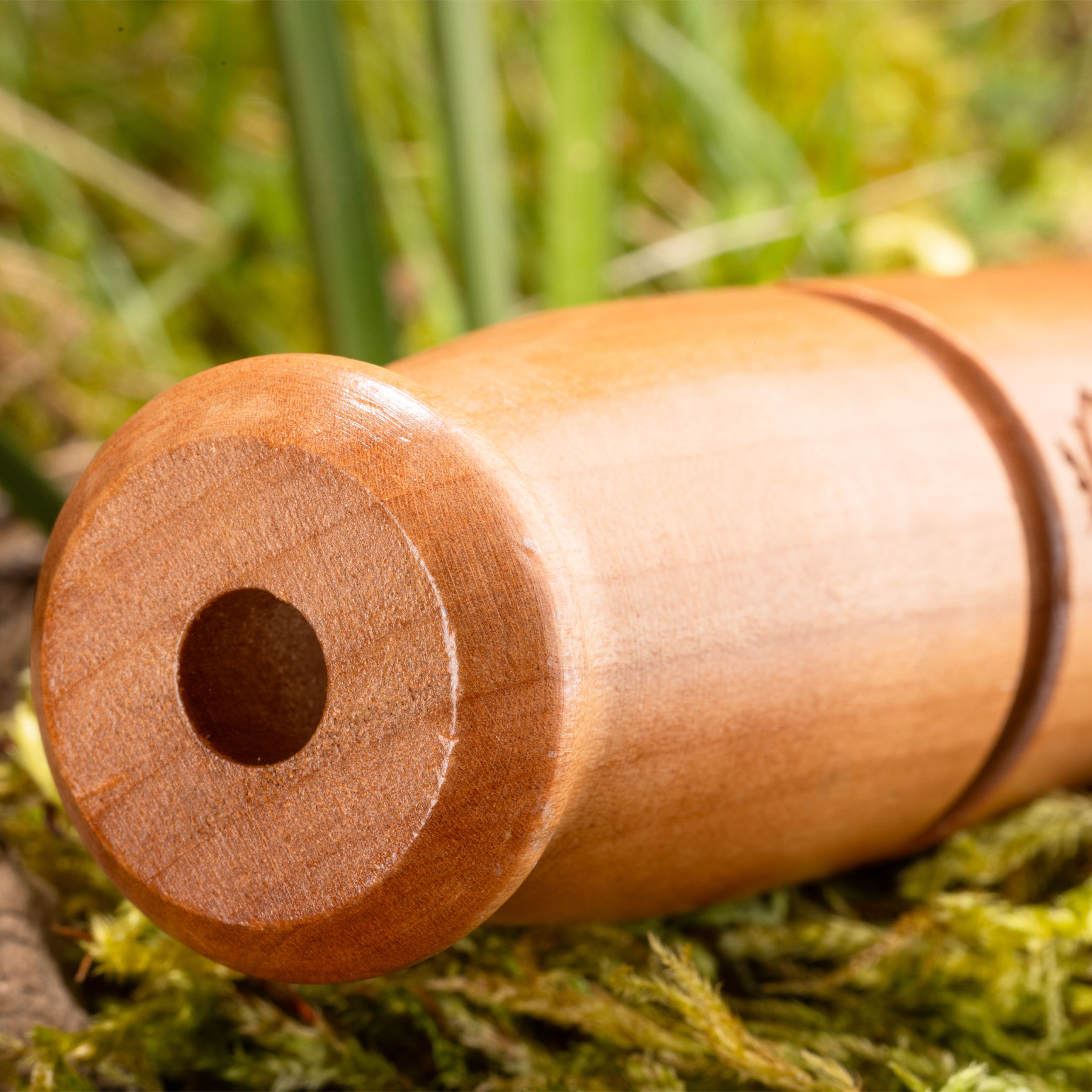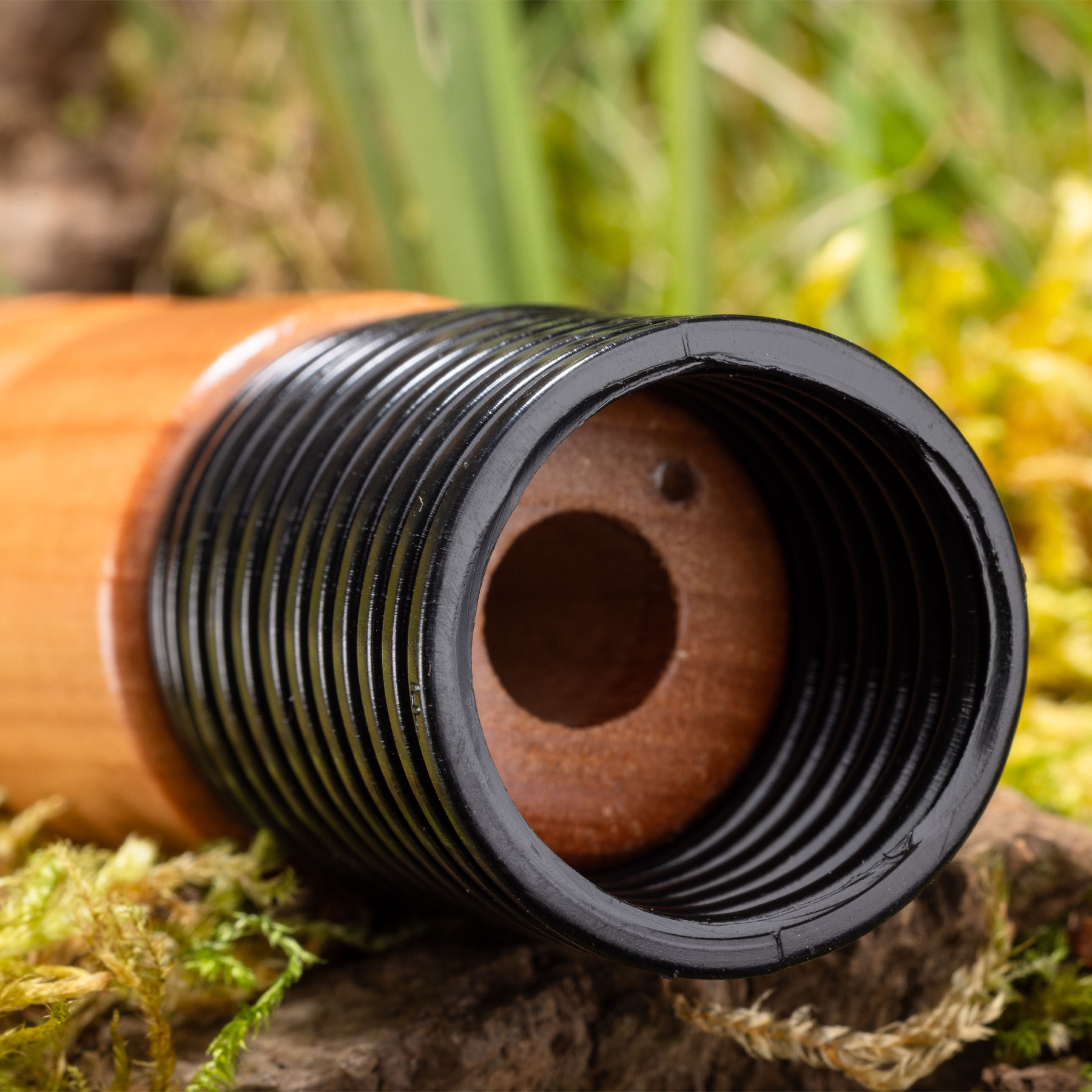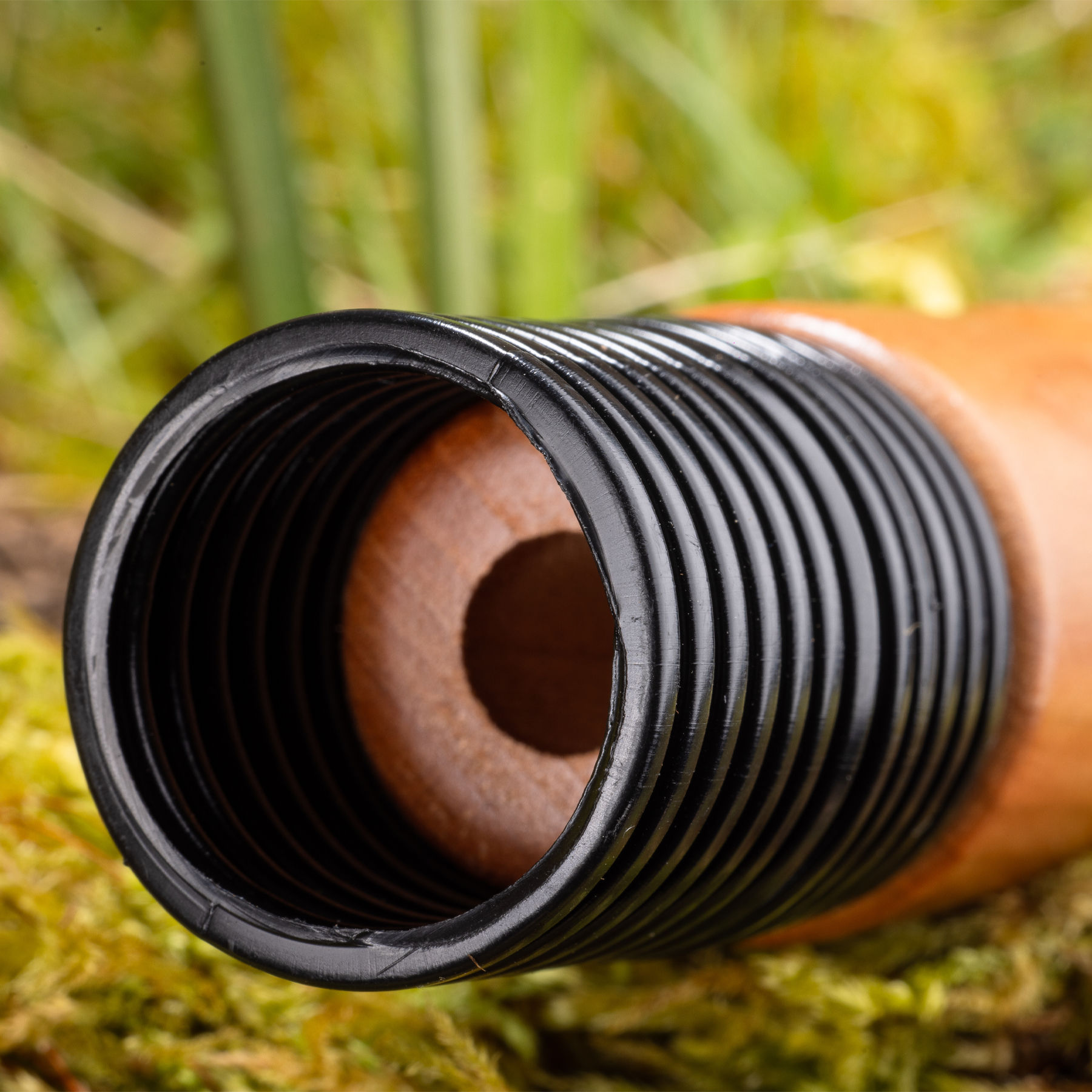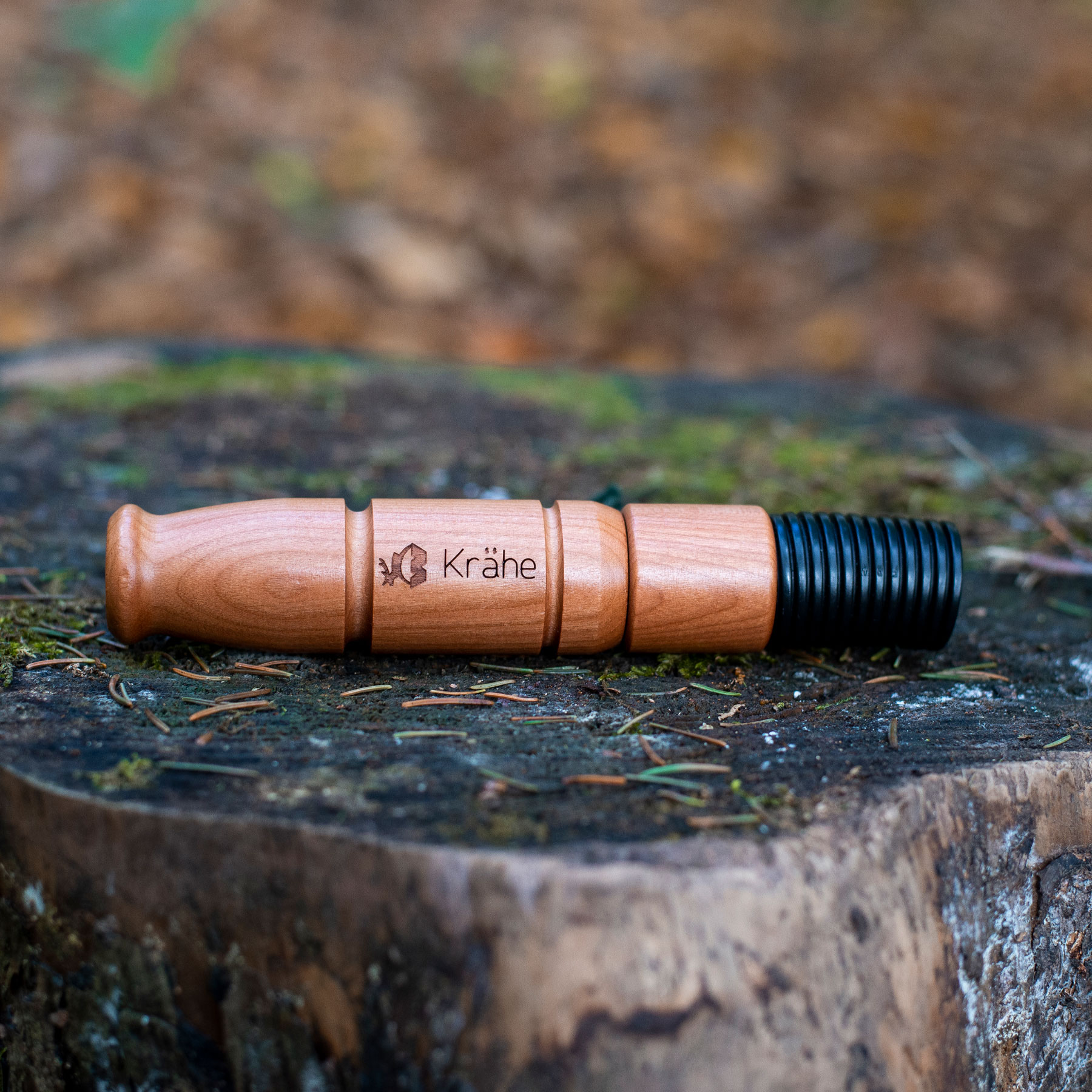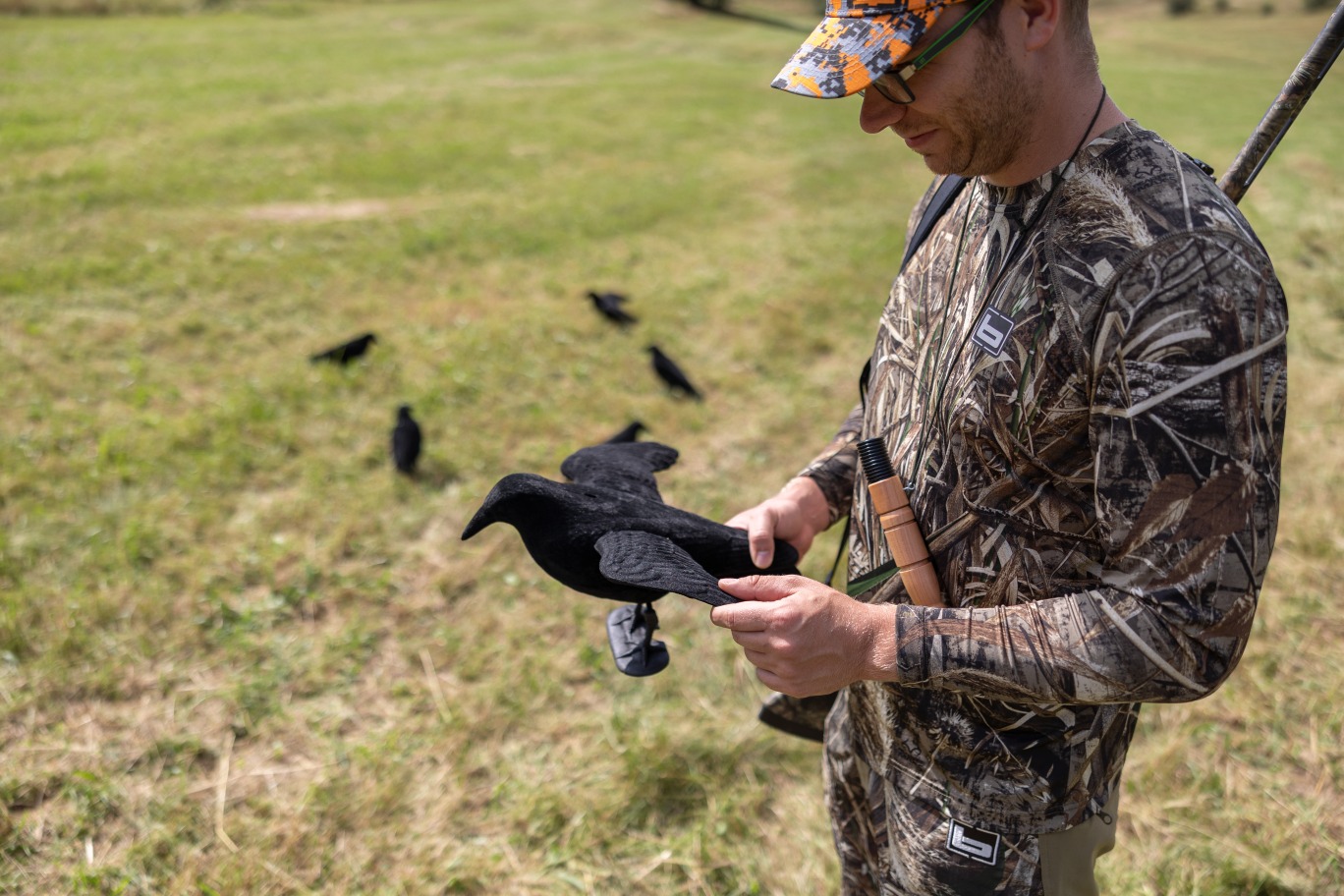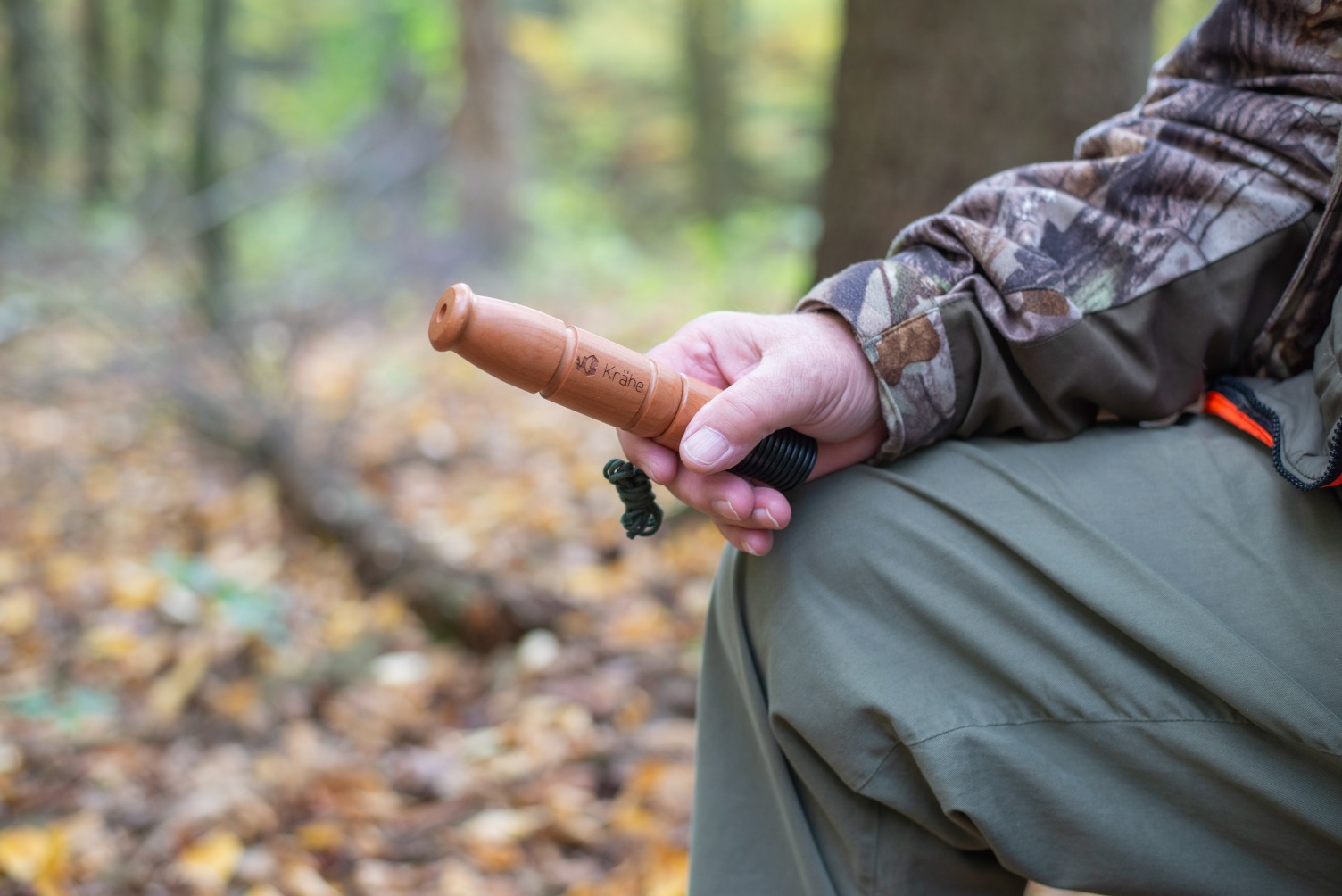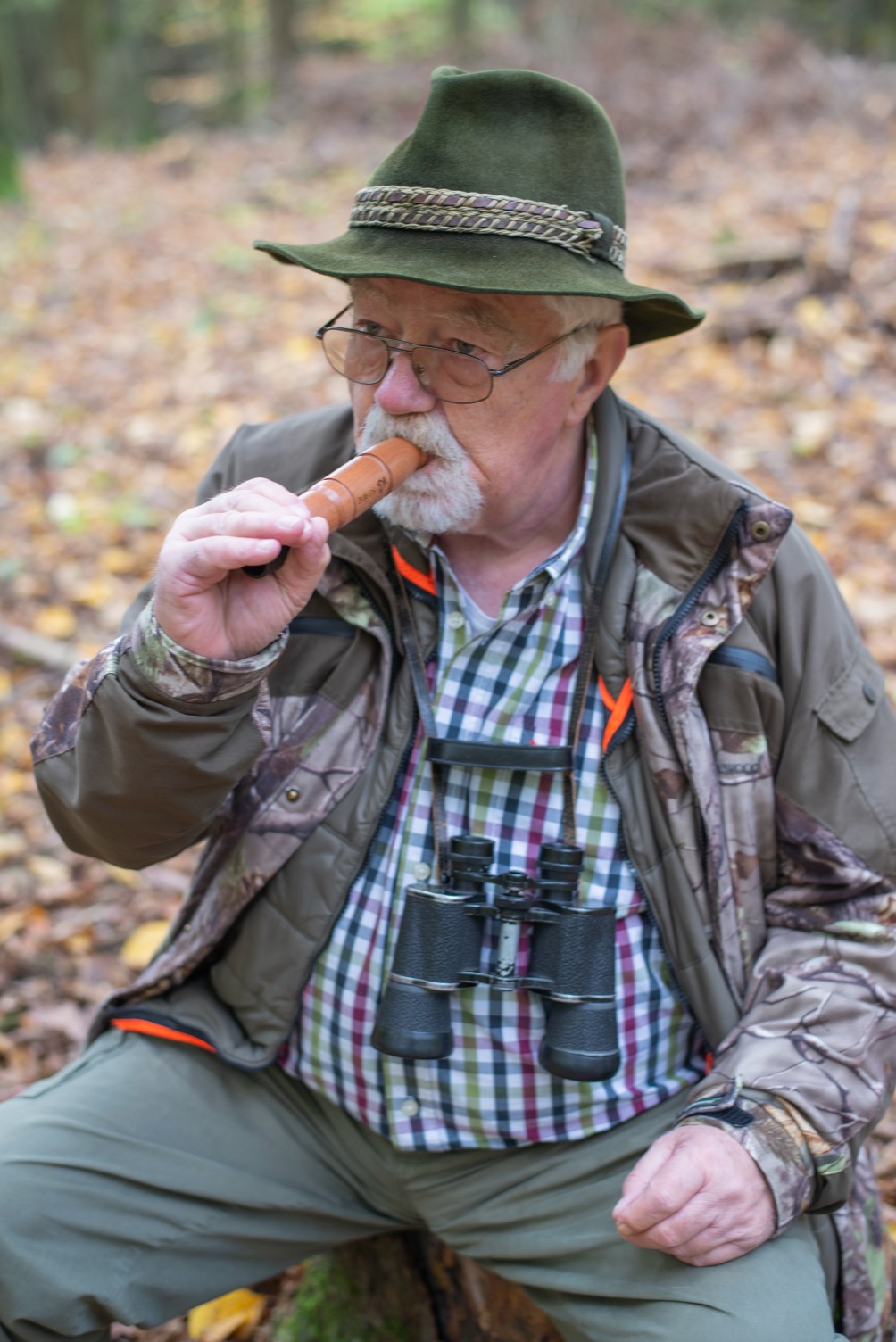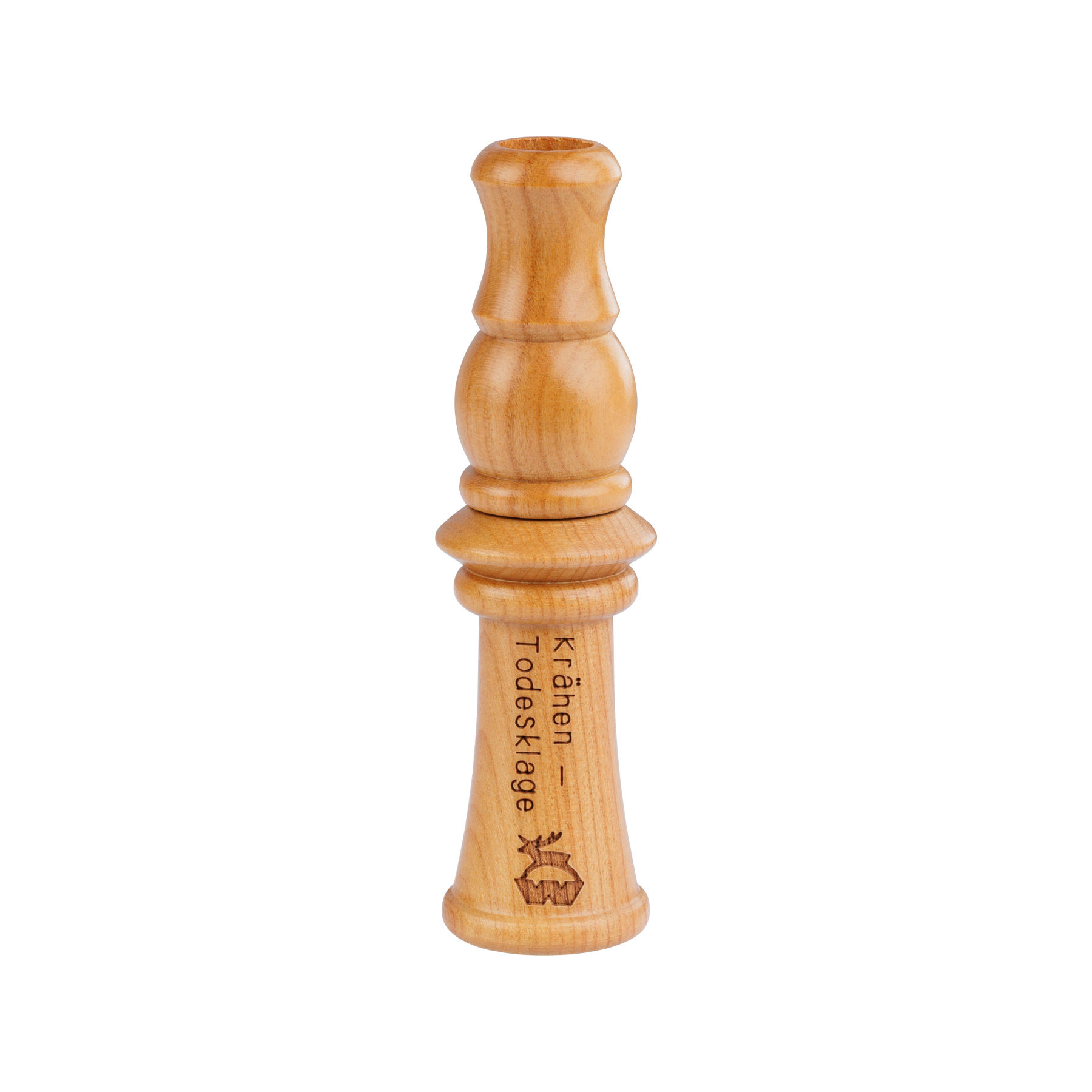Order number:
510506
EAN:
4250392350054
- Domestic production
- 60 years of decoy hunting experience
- Fast dispatch
Product information "Crow Call"
Corvids are very intelligent and social birds. When danger threatens, they emit a short and harsh call. This is the warning call. It can be heard, for example, when a crow sees a fox. If you remove the small piece of tube, the sound becomes higher.
| Material: | Wood (cherry) |
|---|---|
| Measures: | 17,5 x 3,5 x 3,5 cm |
| Suitable for: | Crows |
Videos
Login
Information on the manufacturer



